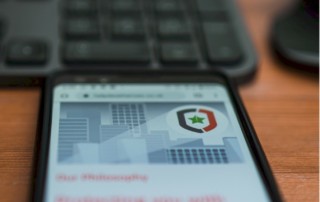Why Do We Pay Too Much for Information?
Should we postpone a decision to collect more information or decide based on the information already available? This is a typical dilemma not only in business life. Psychologists have found that most people tend to wait too long and spend too much on information collection. Why is that the case? Our study gives a surprising answer.











